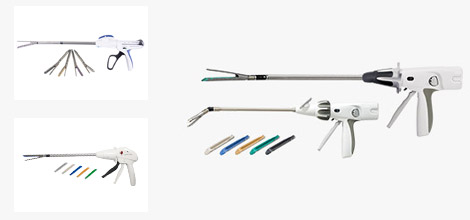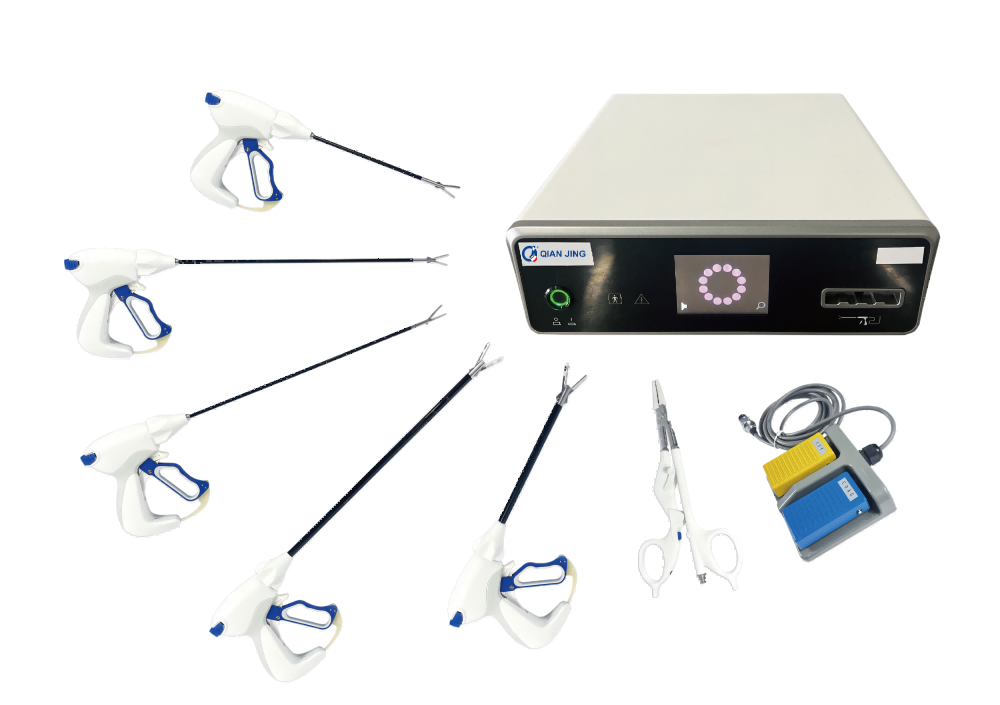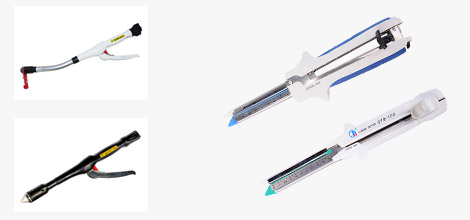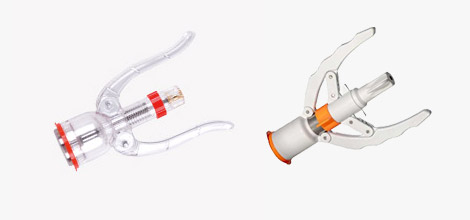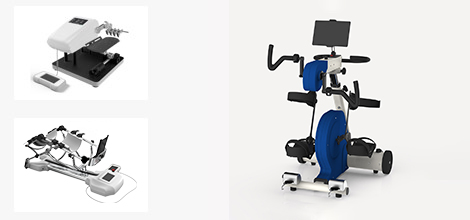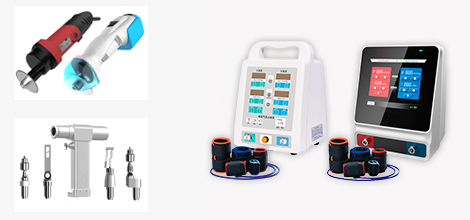Why the laparoscopic linear stapler is increasingly being used in surgery
Laparoscopic surgery (laparoscopic linear stapler) is a newly developed minimally invasive approach and an inevitable trend in the development of future surgical methods. Compared with traditional surgery, laparoscopic surgery is very popular among patients, especially because of the small postoperative scar and aesthetic requirements, which are more readily accepted by young patients, and minimally invasive surgery is the general trend and goal of surgical development.
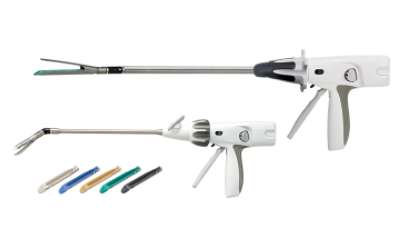
In the field of laparoscopy, the closure of the incision at the puncture site of the abdominal wall is handled by suturing with conventional surgical instruments, which is difficult due to the small and deep puncture hole, small operative field, large arc of sutures, and the inability to exactly suture the peritoneal and fascial layers. Due to the limitations of conventional instruments and suturing methods, if the peritoneal and fascial layers are not closed with sutures when closing the incision, the intra-abdominal omentum or intestinal canal may herniate into the incisional gap to form an incisional hernia or local adhesions leading to incomplete intestinal obstruction, which often causes complications such as bleeding from the puncture hole, delayed healing of the puncture hole, and herniation of the puncture hole, increasing the patient's pain and medical expenses and decreasing the therapeutic effect. The use of laparoscopic linear stapler can exactly align the incisional wound and suture the peritoneal and fascial layers, which facilitates incisional healing. It can significantly shorten the incision suturing time and reduce the difficulty of suturing, accurately aligning the tissue layers and fundamentally preventing the occurrence of abdominal wall incisional hernia.
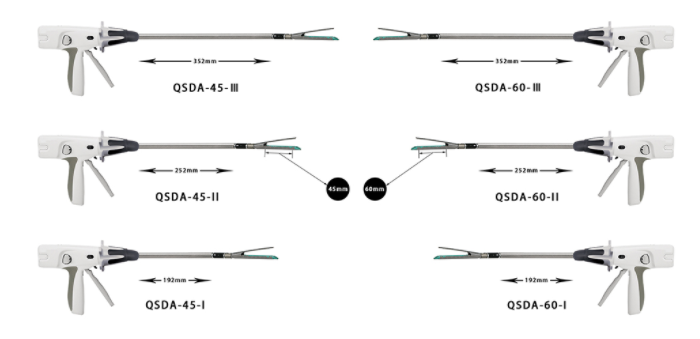



 info@qjmed.com
info@qjmed.com